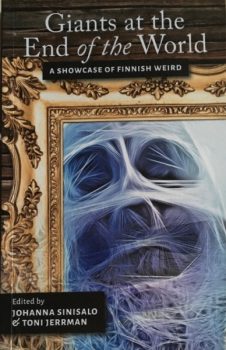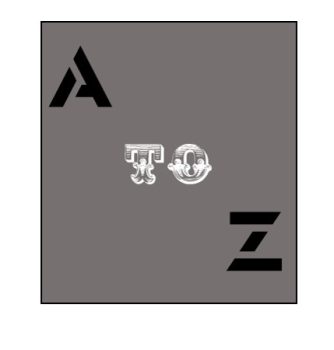A to Z Reviews: “The Haunted House on Rocketworks Street,” by Pasi Ilmari Jääskeläinen
Pasi Ilmari Jääskeläinen captures the nostalgic, carefree summer days of childhood in “The Haunted House on Rocketworks Street,” which also demonstrates the universality of human experience. The story does have a frame which becomes important, but the meat of the story follows for kids on a summer day, who have the freedom of movement on Rocketworks Street, free from responsibility or parental controls.
The four kids, leader Albin, Max, Henry, and Henry’s sister Henrietta, spend their summer running up and down the street, staying out of sight of their parents, and working up tests of their courage. The fact that all of the parents who live on Rocketworks Street have been pulled into the fireworks factory from which the street took its name, just makes their freedom easy to maintain and enjoy.

The story is told through the eyes of Henrietta, who has a crush on Albin and fears that he just sees her as Henry’s little sister. Albin’s suggestion that they all choose a task to demonstrate that they aren’t children gives Henrietta the opportunity to show Albin that she isn’t just a child. While Albin stared down a large dog and Max attempted to eat rotten food, Henrietta decided to build on the task her brother set for her.
At the end of Rocketworks Street was a haunted house, with its own unique characteristics which tie into the story’s framing device. When Henry announces that he will actually touch the haunted house’s door handle, Henrietta declares she’ll actually enter the haunted house.
The story works as well as it does because any reader can see the interactions of the four children and remember their own summer days as they were bonding with friends and trying to figure out what it meant to grow up. The fact that the story was written by a Finnish author serves to amplify the universality of childhood experiences, reminding readers that no matter where they live and what their culture is, they went through that same phase to become who they are.
Originally published in Finnish as “Kummitustalo, Rakettitehtaankatu 1” in the April 1996 issue of Portti, the story was translated into English by Sarianna Silvonen and reprinted in Giants at the End of the World, an anthology edited by Johanna Sinisalo and Toni Jerrman for publication by Worldcon 75, held in Helsinki, Finland in 2017.
 Steven H Silver is a twenty-time Hugo Award nominee and was the publisher of the Hugo-nominated fanzine Argentus as well as the editor and publisher of ISFiC Press for eight years. He has also edited books for DAW, NESFA Press, and ZNB. His most recent anthology is Alternate Peace and his novel After Hastings was published in 2020. Steven has chaired the first Midwest Construction, Windycon three times, and the SFWA Nebula Conference six times. He was programming chair for Chicon 2000 and Vice Chair of Chicon 7.
Steven H Silver is a twenty-time Hugo Award nominee and was the publisher of the Hugo-nominated fanzine Argentus as well as the editor and publisher of ISFiC Press for eight years. He has also edited books for DAW, NESFA Press, and ZNB. His most recent anthology is Alternate Peace and his novel After Hastings was published in 2020. Steven has chaired the first Midwest Construction, Windycon three times, and the SFWA Nebula Conference six times. He was programming chair for Chicon 2000 and Vice Chair of Chicon 7.

Seems like there should be lots of Finnish authors in this series, with the “ää” being, I think, somewhat common. Though I work with an Indian woman whose name also has an “ää”.